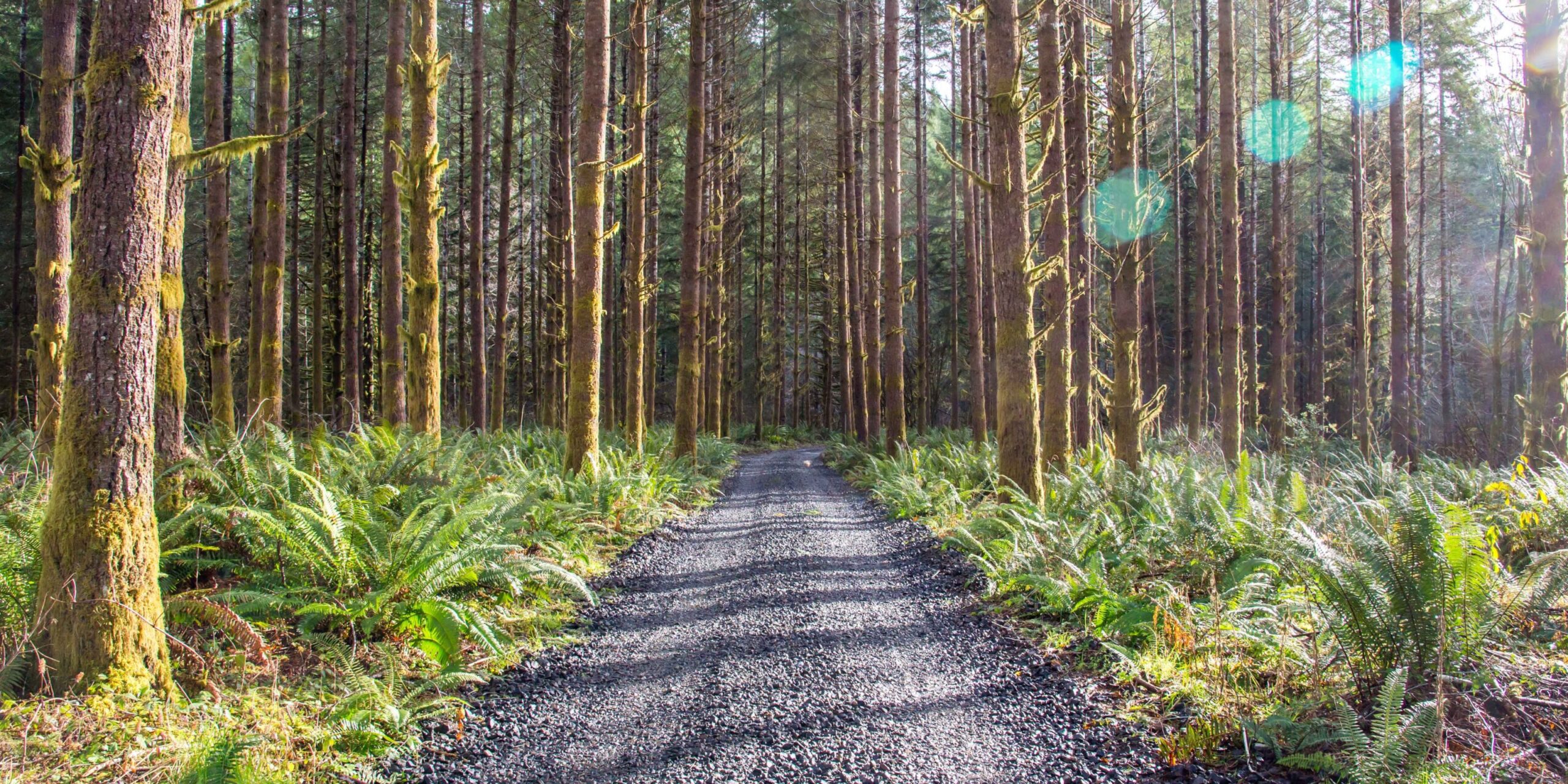
Work. Play. Renew.
What Is Professional Forest Management?
 Forests are among the most precious natural resources that we have on this planet, and it’s everyone’s responsibility to act as their stewards. Many studies show the benefits forests have on mental health, as well as their ability to improve the air quality in the areas that surround them. Forests also have a great deal of economic and indigenous importance, as many people depend on them for lumber, medicinal plants and food sources such as fruit and nuts.
Forests are among the most precious natural resources that we have on this planet, and it’s everyone’s responsibility to act as their stewards. Many studies show the benefits forests have on mental health, as well as their ability to improve the air quality in the areas that surround them. Forests also have a great deal of economic and indigenous importance, as many people depend on them for lumber, medicinal plants and food sources such as fruit and nuts.
However, forests face a great number of threats, ranging from natural wildfires to invasive species and disease. Mitigating these threats requires a careful and responsible approach to professional forest management. In this article from Oregon Forests Forever, we’ll explain what forest management is, how it works and how you can do your part to help your local forest survive and thrive.
Reforestation
Humans depend on many critical resources that come from the forests. Lumber is the most obvious, with Oregon providing about 3.8 billion board feet of lumber across the country per year. If trees are cut down faster than the forest can recover, however, future generations will end up being deprived of the forests and their resources.
Human activity is not the only thing that can reduce the overall surface area of a forest. Trees are vulnerable to wildfires, pest insects, fungi and parasites, all of which can kill large swaths of trees in an area. All of these threats combined can quickly add up, which is why an important element of professional forest management is reforestation.
To combat these activities, Oregon foresters diligently reforest after harvest. Reforestation involves re-planting trees that have been lost as a result of either human activity or natural processes. As you are probably aware, trees have a life cycle that occurs over the course of many years. Forest takes time and care to re-establish. For this reason, reforestation efforts take years of planning and cultivation before and following harvest.
Geographically specific seedlings are started in a nursery several years before they make it out to the forest. When it is time to replant, usually in very early spring, tree planters carefully plant each seedling by hand, making sure the roots are pointing straight down to help ensure seedlings get a good start. Occasionally, seedlings may need protection from deer and other animals that can damage young trees by grazing.
Controlled Fires
As we’ve mentioned, wildfires are one of the biggest threats to forests, especially during the dry summer months. While Oregon is well-known for its rainy season, it’s also true that in the summer, most of Oregon experiences some level of drought, which creates optimal conditions for wildfire. All it takes is a small spark to trigger a forest fire that can quickly spread. This spark may have come from a natural cause, like a lightning strike, or it may be a result of human activity, such as an improperly extinguished campfire or a carelessly discarded cigarette. In any case, the result is the same: a wildfire can quickly destroy vast swaths of forest and put human habitations at risk.
What some people may not know is that forests actually depend on fires to a certain extent. Over time, vegetation dies and accumulates in areas. The dead plant matter can negatively affect the health of a forest. Occasional, low-intensity fires help clear away the dead plant matter, creating space for existing trees to thrive. Fires also break down the plant matter into its component elements, returning nutrients to the soil to provide for the next generation of plant life.
One element of professional forest management is prescribed burns. Fire experts determine the safest time to start low-level, controlled fires to burn away the fuel that has accumulated in an area without allowing the fire to grow out of control. In this way, the fires can be kept small, preventing future fires from putting the entire forest at risk and threatening the safety of nearby communities.
Who Is Responsible for Forest Management?
So, who, exactly, is in charge of the forests and forest management programs in Oregon? Essentially, Oregon forests are owned by three different groups:
- 64% by state and federal governments
- 34% by large and small private owners
- 2% by tribes
While a little over a third of forest management falls to private owners and tribal leaders, the majority of Oregon’s forests are under the management of government entities such as the Oregon Department of Forestry. State and federal resources are allocated to keep Oregon forests and all they have to offer thriving.
Localized efforts like Oregon Forests Forever also have an important role to play in the management and protection of forests in Oregon. As a local coalition of individuals, organizations and businesses, we offer the opportunity for any interested Oregon citizen to participate in our shared responsibility to steward our forests.
At Oregon Forests Forever, we also spend a good deal of our resources on public outreach, including advocating for actively managed forests for all the many benefits they provide, ensuring that the forests in the state of Oregon are kept healthy and protected from common threats. Explore our website to learn more.